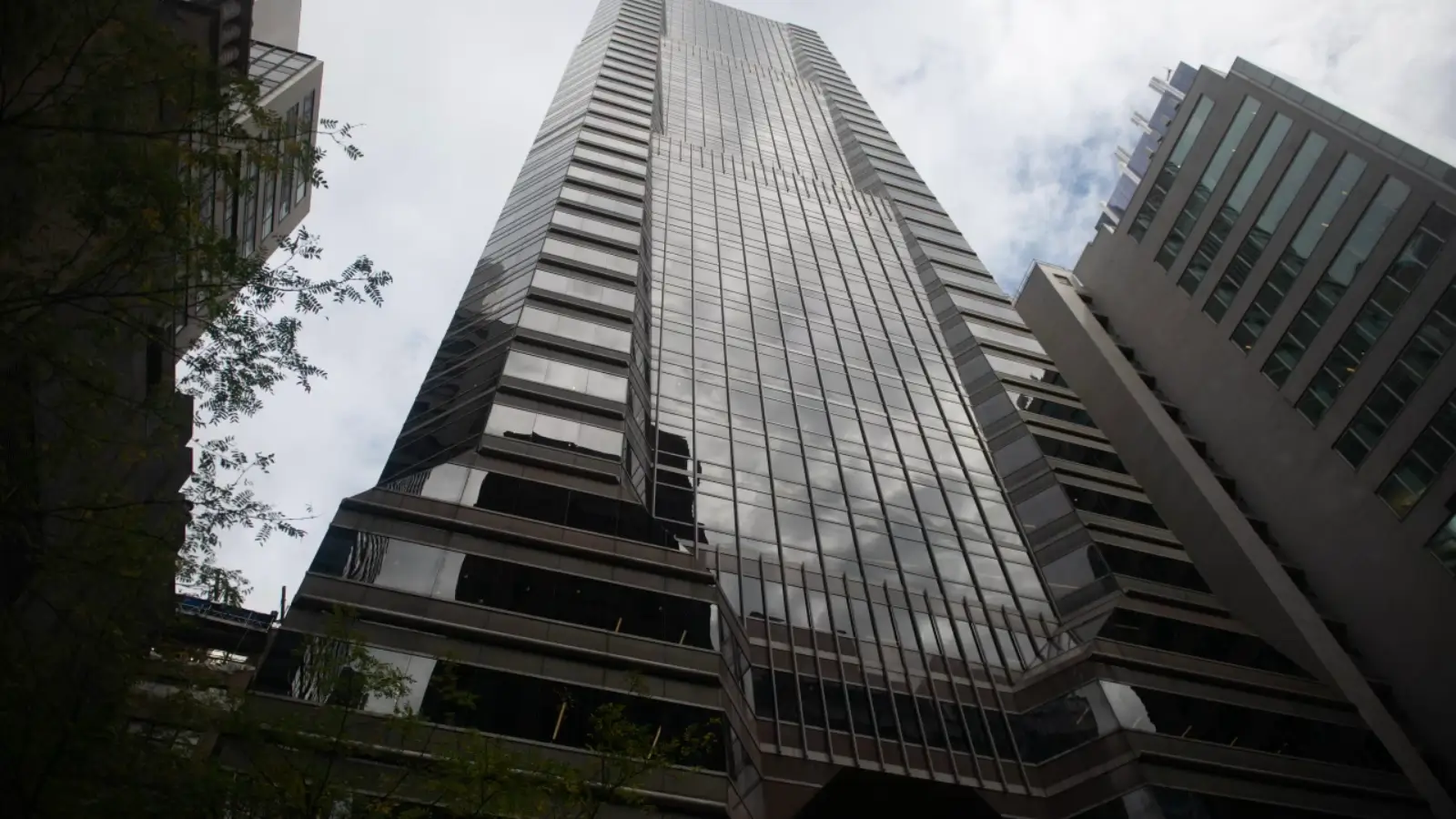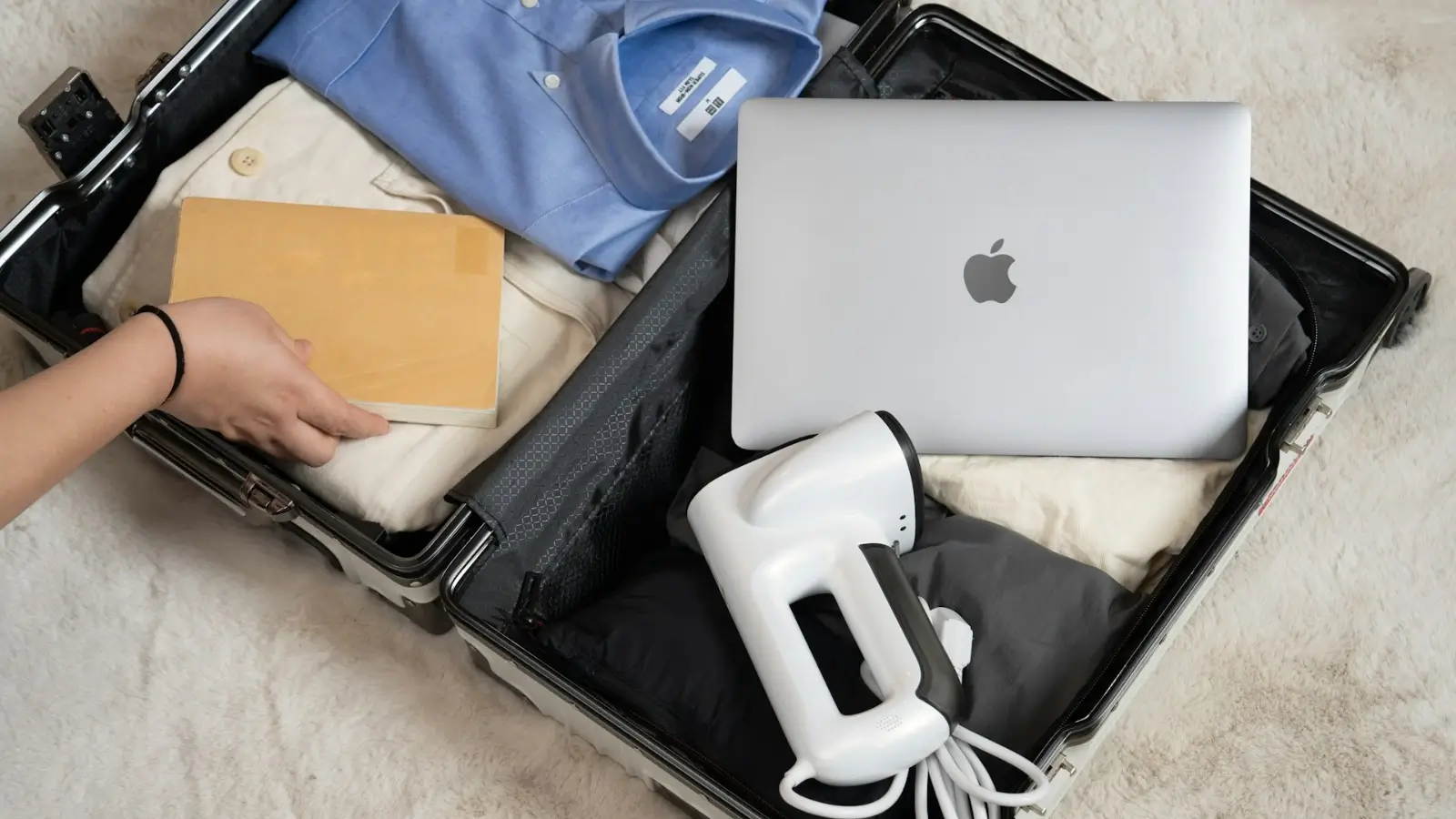


Let's be honest—packing for international business trips can feel overwhelming. You're juggling meeting schedules, time zones, and that nagging fear you'll forget something crucial. But here's the good news: with the right approach, you can pack efficiently and look professional without the stress.
I've learned that smart packing isn't about cramming everything into your suitcase. It's about bringing exactly what you need and making sure each item serves a purpose. Whether you're heading to Singapore for a conference or London for client meetings, this guide will help you pack like a seasoned business traveler.
Before you even open your suitcase, take a step back and do some homework. Trust me, thirty minutes of planning will save you hours of frustration later.
Every destination has its quirks. What works in New York might not fly in Dubai. Check the weather forecast for your entire trip—not just the day you arrive. I once packed only light clothing for what I thought was a warm-weather destination, only to freeze through evening meetings.
Look into local business dress codes too. Some countries expect formal attire for all business interactions, while others embrace business casual. Understanding these cultural nuances shows respect and helps you make a strong first impression.
Here's where most people go wrong—they pack for every possible scenario. Instead, create a realistic list based on your actual schedule. Count the number of meetings, dinners, and casual events you'll attend.
Think about laundry options. If your hotel offers same-day service or you're staying longer than three days, you can pack less. Choose versatile pieces that mix and match easily. A navy blazer works with multiple outfits, giving you more options without extra weight.
Your professional image extends beyond clothing. The accessories you choose speak volumes about your attention to detail and success. Classic timepieces, for instance, remain essential for professionals managing multiple time zones and maintaining punctuality across international meetings. Discover the timeless elegance of the Rolex Datejust—a choice that reflects both sophistication and reliability in any business setting.
Your smartphone, laptop, and tablet aren't just gadgets—they're your lifeline during international travel. Protecting these devices should be a top priority, not an afterthought.
Now let's talk about the tangle of cables, chargers, and adapters that somehow multiply in your bag. Keep everything organized with a dedicated tech pouch. This simple step saves you from digging through your luggage at airport security or before important calls.
Remember that different countries use different plug types and voltages. Research your destination's requirements and pack the right adapters. I keep a universal adapter in my carry-on permanently—one less thing to remember. Don't forget backup charging options either. A power bank can be a lifesaver during long layovers or when you're bouncing between meetings without access to outlets.
Think about everything your phone does during a business trip. You're checking emails, joining video calls, navigating unfamiliar cities, and staying in touch with your team. A cracked screen or damaged device can derail your entire trip.
International travel is rough on electronics. You're going through security checks where devices get tossed into bins. You're working in cramped airplane seats where things get knocked around. You're rushing between meetings with your phone in hand. All it takes is one accidental drop, and you're dealing with expensive repairs or replacements.
Quality protection isn't optional—it's essential. Look for cases that offer real protection without adding bulk. You want something that guards against drops and scratches while still fitting comfortably in your pocket or bag.
For professionals traveling from or to Australia, investing in robust phone protection prevents costly replacements and maintains connectivity. Whether you're in Melbourne or flying to international markets, buy an iPhone case in Australia from reliable suppliers who understand the demands of frequent business travel.
Your clothing choices can make or break your business trip. The goal is looking sharp while keeping your luggage light and manageable.
Start with a color scheme—usually neutral tones like navy, gray, black, and white. These colors coordinate effortlessly, meaning you can create multiple outfits from fewer pieces. One suit can transform into several different looks with simple changes.
Choose wrinkle-resistant fabrics whenever possible. Nobody wants to spend their first morning abroad ironing clothes. Modern travel-friendly fabrics look professional straight out of your suitcase. Pack clothes that work for multiple occasions—a blazer that's appropriate for meetings but can be dressed down for dinner, or shoes comfortable enough for walking but polished enough for presentations.
Here's something many business travelers overlook: the right accessories elevate your entire look. You don't need a lot, just a few quality pieces that add polish to any outfit.
Subtle accessories work best in professional environments. They should enhance your appearance, not distract from your message. Think refined and understated rather than flashy. The beauty of minimal accessories is their versatility—they complement everything in your wardrobe without requiring multiple options.
Understated jewelry like yellow gold chain bracelets adds sophistication without overwhelming business attire. These refined touches show attention to detail and complement professional wardrobes across different business cultures and settings.
Even the best items are useless if you can't find them when you need them. Organization is everything.
Packing cubes changed my travel life. These simple organizers keep similar items together and compress your clothing to save space. I use different colors for different categories—one for shirts, another for accessories, and so on.
Roll your clothes instead of folding them. This technique prevents wrinkles and creates more space. Keep liquids in a clear, easily accessible bag for security checkpoints. Place shoes at the bottom of your luggage and stuff them with socks or small items to maximize every inch.
Consider investing in quality luggage with smart features. Look for bags with multiple compartments, smooth-rolling wheels, and durable construction. A good carry-on with a laptop sleeve eliminates the need for an extra bag and speeds up your airport experience.
Know your airline's size and weight restrictions before you pack. Nothing's worse than repacking at the airport counter while frustrated passengers wait behind you.
Even the best-planned trips encounter surprises. Being prepared means staying productive regardless of what happens.
Always carry photocopies of important documents separately from the originals. Store digital copies in your email or cloud storage too. I keep a scanned copy of my passport, visa, and travel insurance on my phone—it's saved me more than once.
Write down emergency contacts including your company's travel coordinator, local embassy information, and your hotel details. Don't rely solely on your phone for this information. If your battery dies or you lose your device, you'll still have access to critical numbers.
Protect your belongings, especially expensive business equipment and accessories. Good travel insurance covers lost luggage, medical emergencies, and trip cancellations. Read the policy carefully to understand what's covered.
Keep valuables with you in carry-on luggage whenever possible. Never pack important documents, medications, or essential business materials in checked bags. Use hotel safes for items you're not carrying during the day.
Smart packing isn't about bringing everything you might possibly need—it's about bringing exactly what you will need. Focus on versatile items that serve multiple purposes, protect your essential technology, and choose quality over quantity.
The effort you put into packing strategically pays off throughout your trip. You'll move through airports faster, feel more confident in meetings, and spend less time worrying about logistics. Start with this framework and adjust it based on your specific needs and destinations. Before long, you'll have your own system that works perfectly for your business travel style.
A: Begin planning your packing list about one week before departure, but don't physically pack until two days before. This gives you time to identify missing items without the stress of last-minute shopping.
A: International power adapters top the list, followed closely by necessary phone chargers and business cards. Create a permanent checklist of these essentials to review before every trip.
A: Absolutely. Research cultural norms, business dress expectations, and climate conditions specific to your destination. What's appropriate in Australia differs significantly from expectations in the Middle East or Asia.
A: For trips under five days, carry-on only is ideal—it saves time and eliminates lost luggage risks. For longer trips or destinations requiring formal attire, a checked bag might be necessary, but always keep essentials and one business outfit in your carry-on.